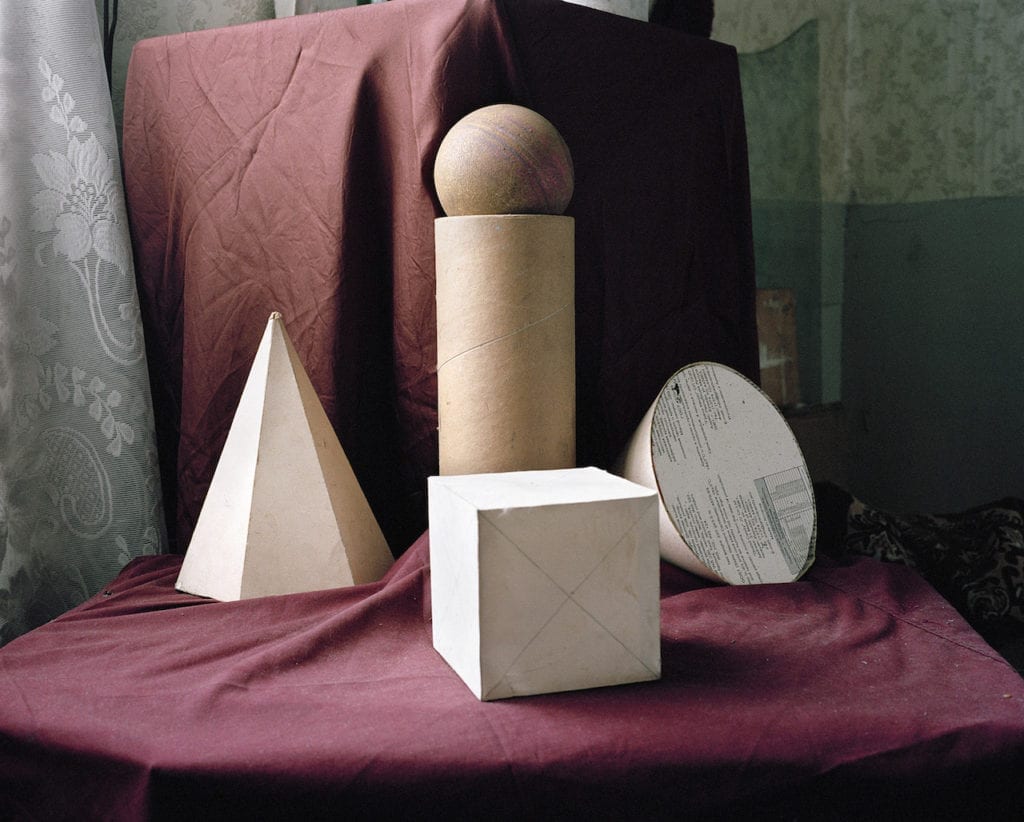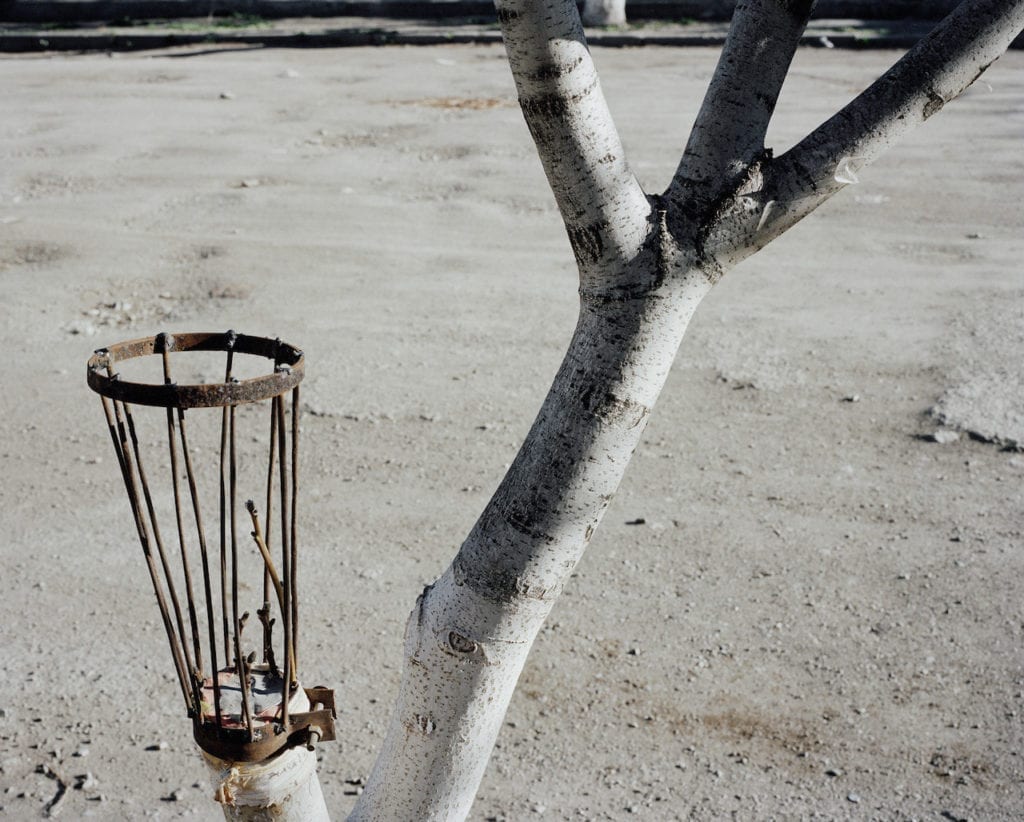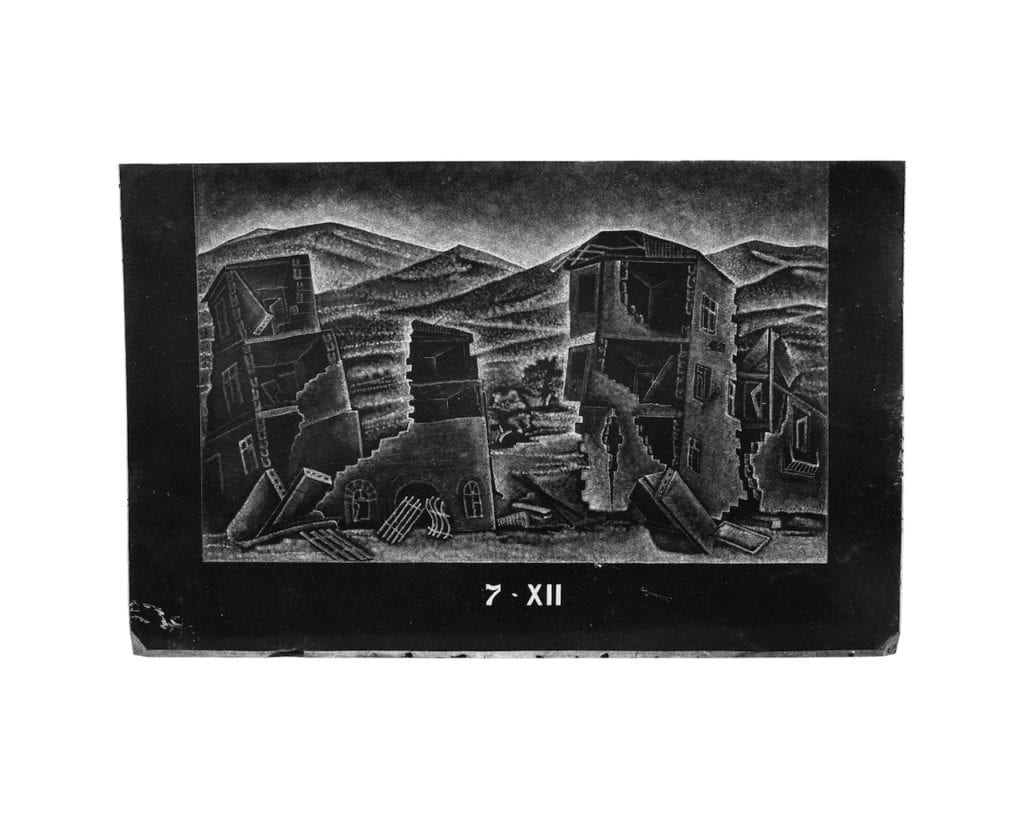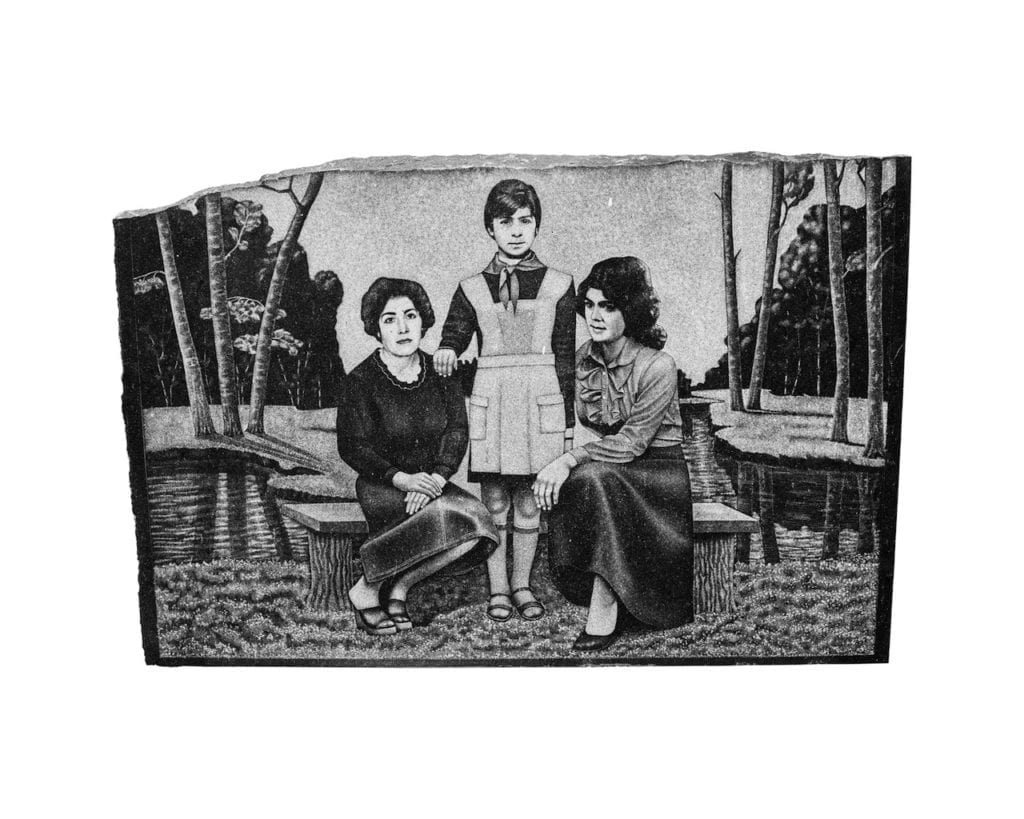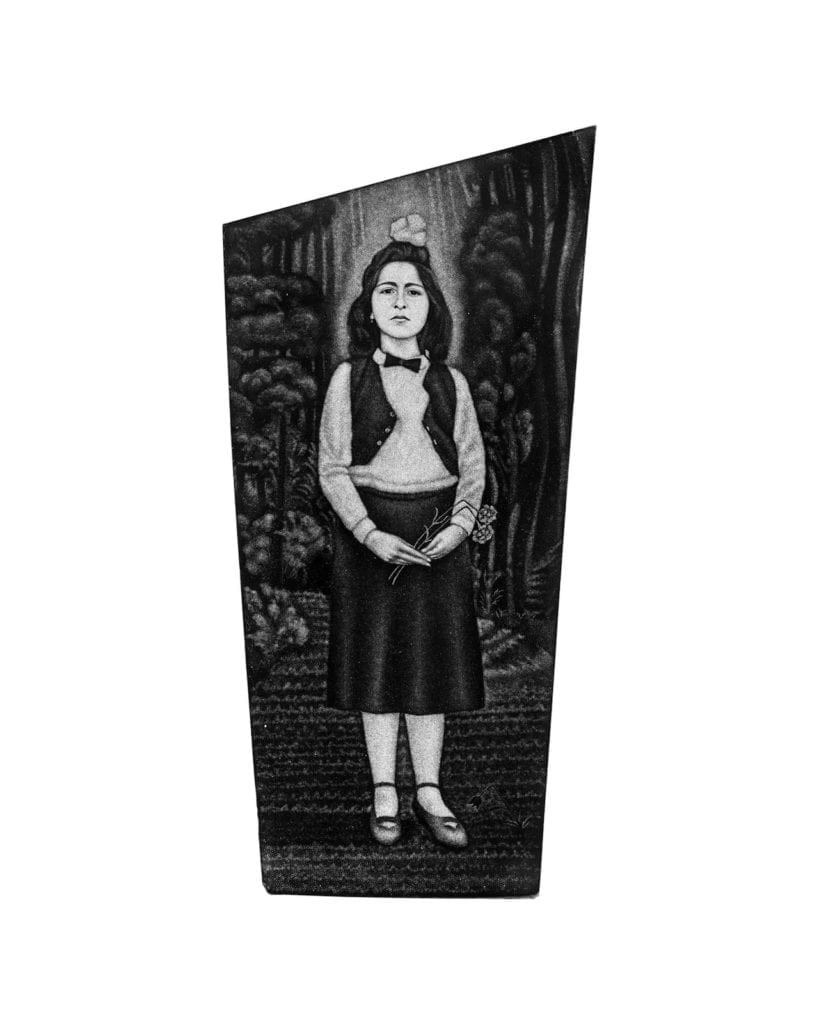At 11.41pm on 07 December 1988, a cold and snowy day, Armenia was struck by a 7 degree Richter earthquake. Some 25,000 people died and a further 514,000 were made homeless; the city of Spitak was worst affected, with a third of the population killed and all but one of its buildings destroyed.
Since then very little has changed in Armenia, but the political landscape around it has been entirely reshaped. The USSR collapsed just a few years after the earthquake in 1991, with the disaster coming to symbolise its failure when Mikhail Gorbachev was forced to call for international aid to handle it. In Spitak the USA and Germany built small wooden houses for those who had been displaced, and the Soviet government promised more permanent homes would follow within two years. In 2013, when Michal Luczak visited, people were still living in the huts.
The Polish photographer decided to delve deeper with a documentary project, and was soon joined by the writer Filip Springer. “We don’t ask about that day. They don’t talk,” they write in their resulting book, 11.41. “We can find everything we’d like to know about it carved in stone. The conversations are only about what was there before and what was missing after. But sometimes the memories accidentally escape from under the rubble.”
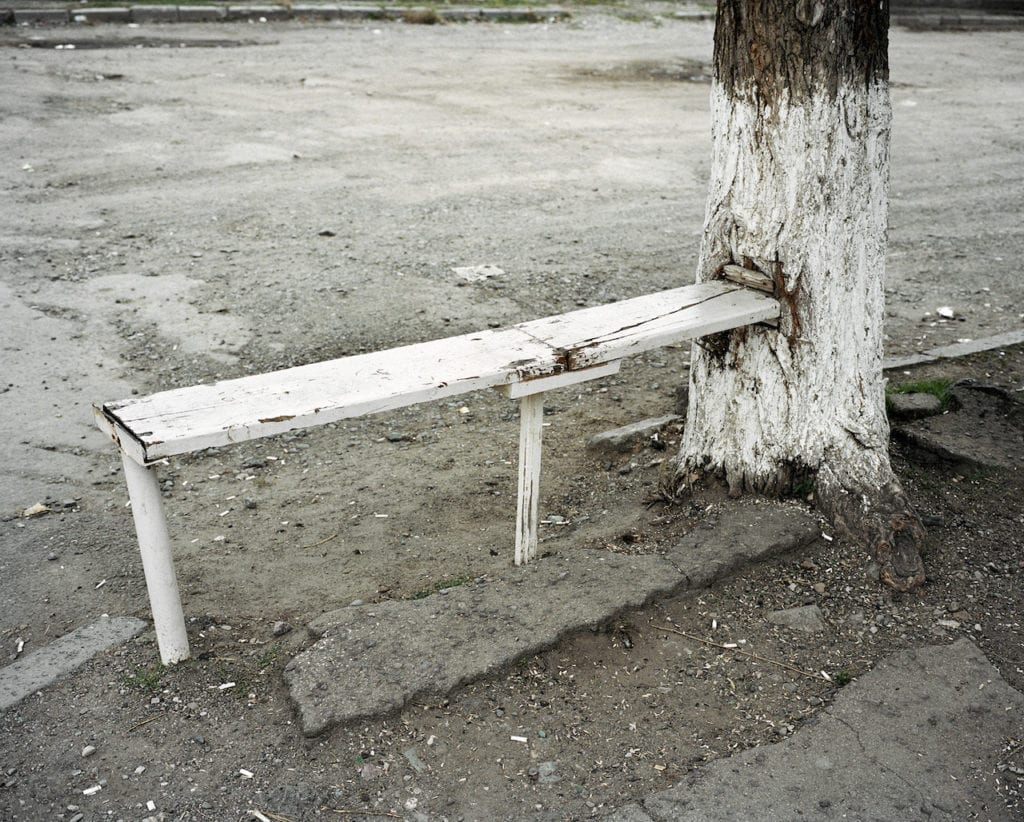
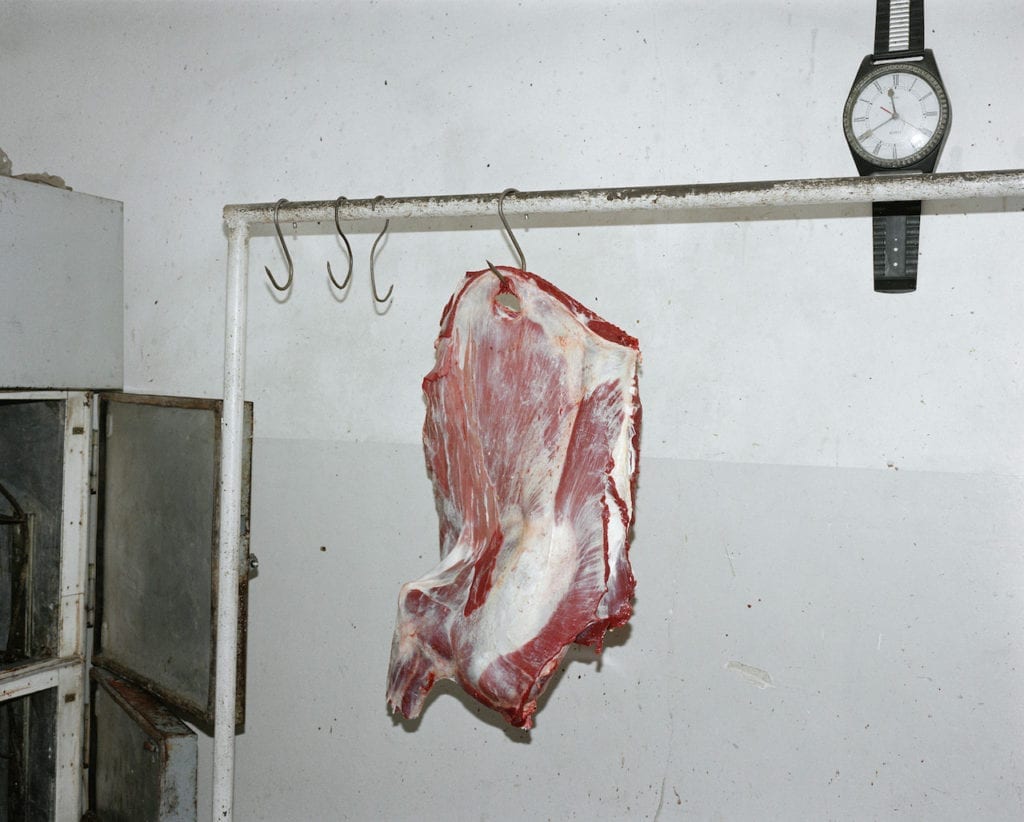
11.41 is split into three chapters, comprising images, texts and, finally, photographs of gravestones. The memorials in the final section represent those who have died, showing them as happy and well-dressed. “That was really impressive for me as a photographer,” says Luczak, who’s a member of the prestigious Sputnik Photos collective.
“Imagine that you enter in this cemetery, with no trees but just with these stones two meters high, where every person is at natural scale, somehow sculpted on the stone. You couldn’t believe that the people are dead already.”
He says that for the local population reality is divided into two parts – before and after the earthquake, and that’s why the book is named after the pivotal time 11.41. “My name is Rusana Papyan and all my family are dead,” states a local woman in it. “I survived the earthquake, but I never stop wondering if that was a good thing or not.”
The English version of 11.41 costs €35, the Polish version costs €32. For more information, and to buy the book, visit https://1141book.pl/
